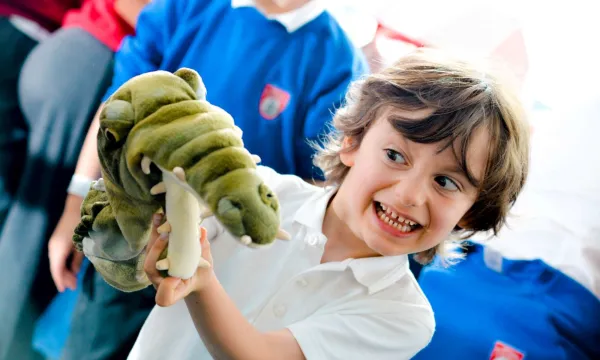
Rainforest Families
Find lost animals in a rainforest adventure. Investigate the skin and eggs of the animals. Explore teeth to determine diets.
When:
,
-
Recommended for: EYFS | KS1 (5-7)
Access considerations
Workshop
